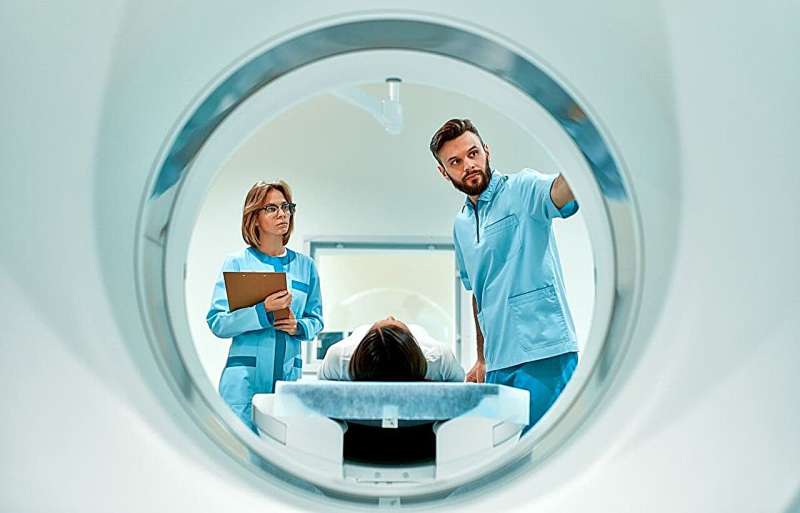
Automated multiorgan computed tomography (CT), including visceral fat, can predict diabetes and associated cardiometabolic conditions, according to a study published online Aug. 6 in Radiology.
Yoosoo Chang, M.D., Ph.D., from Sungkyunkwan University School of Medicine in Seoul, South Korea, and colleagues examined the ability of automated CT-derived markers to predict diabetes and associated cardiometabolic comorbidities in a retrospective cohort study of Korean adults.
Participants underwent health screening with fluorine 18 fluorodeoxyglucose positron emission tomography/CT between January 2012 and December 2015. Data were included for 32,166 adults in a cross-sectional analysis and for 27,298 adults in a cohort analysis.
The researchers found that diabetes prevalence and incidence were 6 and 9 percent at baseline and during the 7.3-year median follow-up, respectively. The highest predictive performance for prevalent and incident diabetes was seen for the visceral fat index, with areas under the curve (AUCs) of 0.70 and 0.82 for men and women, respectively, and C-indexes of 0.68 and 0.82, respectively.
Predictive performance was improved by combining visceral fat, muscle area, liver fat faction, and aortic calcification, yielding C-indexes of 0.69 and 0.83 for men and women, respectively. For identifying metabolic syndrome, the AUCs for the visceral fat index were 0.81 and 0.90 for men and women, respectively.
Ultrasound-diagnosed fatty liver, coronary artery calcium scores >100, sarcopenia, and osteoporosis were also identified by CT-derived markers, with AUCs ranging from 0.80 to 0.95.
“CT-derived parameters, particularly the visceral fat area index, outperformed traditional methods for predicting type 2 diabetes mellitus in both sexes,” the authors write.
More information:
Yoosoo Chang et al, Automated Comprehensive CT Assessment of the Risk of Diabetes and Associated Cardiometabolic Conditions, Radiology (2024). DOI: 10.1148/radiol.233410
Perry J. Pickhardt, Harnessing the Value of Incidental Tissue and Organ Data at Body CT, Radiology (2024). DOI: 10.1148/radiol.241349
Copyright © 2024 HealthDay. All rights reserved.
Citation:
Study shows automated multiorgan CT can predict diabetes, other conditions (2024, August 19)
retrieved 28 September 2024
from https://medicalxpress.com/news/2024-08-automated-multiorgan-ct-diabetes-conditions.html
This document is subject to copyright. Apart from any fair dealing for the purpose of private study or research, no
part may be reproduced without the written permission. The content is provided for information purposes only.


